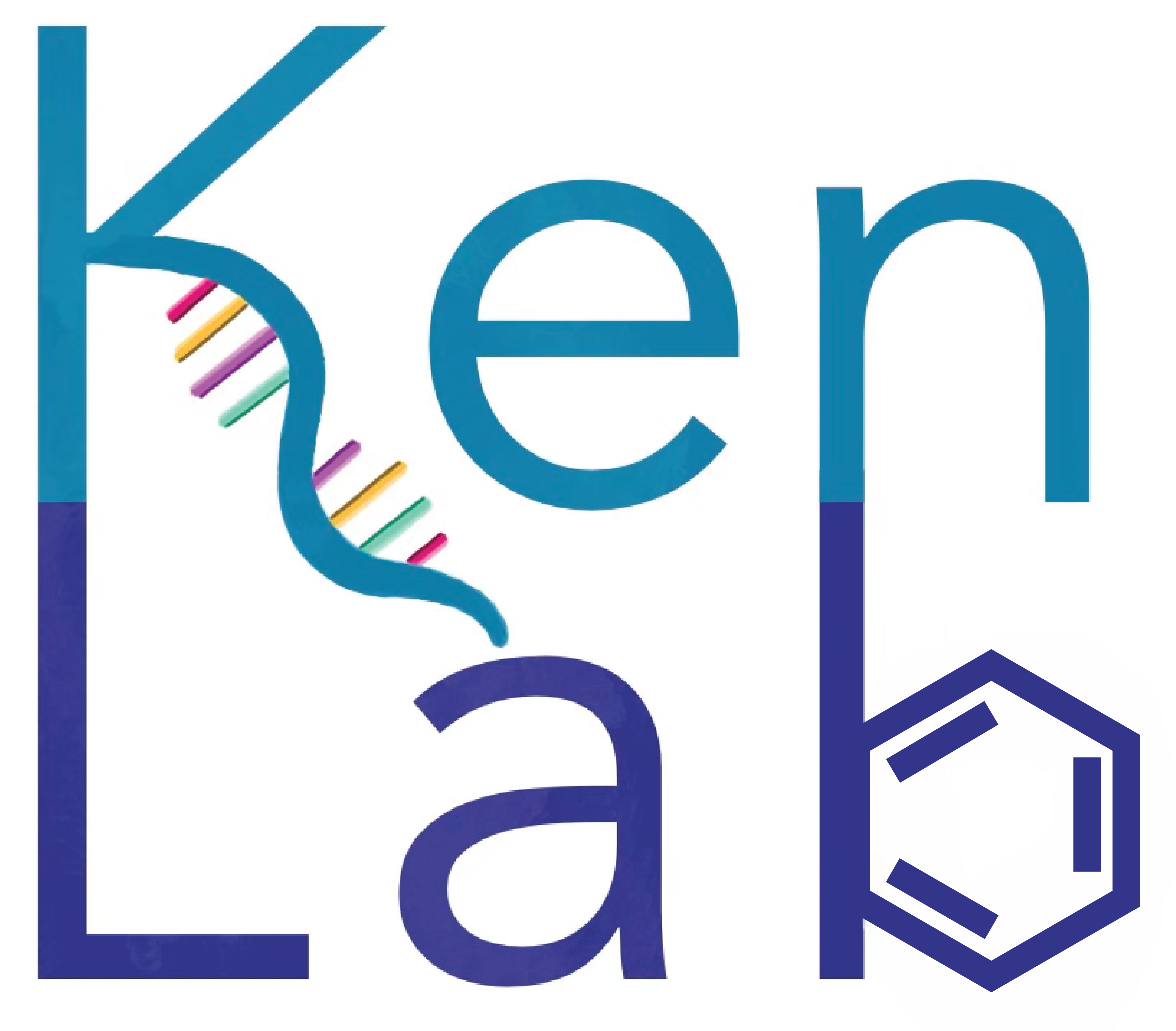Research Interests
Challenge and Significance
Modern biomedical science enjoys an unprecedented ability to identify, characterize, and measure biomolecular interactions that constitute cellular activities, as well as small molecules that modulate them. However, we have not yet achieved a fully quantitative biophysical understanding in which modeling of component molecules is accurately predictive of their physical interactions and functions in cells. These interactions involve molecular contacts that are energetically favorable. However, formation of these contacts requires change in conformation. Thus, binding affinity and subsequent cellular activity depend not only on the strength of contacts when bound, but also on the energetic propensity to form the binding-competent state. We have an increasingly large breadth and depth of information about these contacts and their bound conformations compiled in structural databases such as the RCSB Protein Data Bank (PDB). However, relatively little is known about the structural dynamics that define corresponding conformational propensities, which can only be deduced from conformational ensembles specifying the probability of forming bound states in the absence of binding partners. A quantitative understanding of these structural dynamics would not only move us towards predicting cellular functions but would also advance novel drug-targeting strategies. RNA-protein interactions are excellent systems to study structural dynamics as RNAs are highly flexible molecules that are integral to many cellular processes, and represent an emerging class of drug targets.
Modeling the interaction between the HIV 5'-leader genomic RNA and the Gag-polyprotein. The 5' untranslated region of the HIV genome is composed of highly structured RNA, with multiple interacting helices that govern several functions essential to the viral life cycle. The HIV polyprotein Gag binds to a specific region of the UTR and then oligomerizes along the RNA, initiating genome packaging into new virions. This process involves many RNA-dependent steps and dynamic structural changes of the RNA on multiple timescales. We aim to quantitatively model this process, serving as both a novel methodology that can be applied to other RNA-protein systems as well as a tool to better understand this essential function in HIV biology. Our approach involves systematically perturbing these dynamics through high throughput mutational methods that quantitatively measure the activity of thousands of RNA mutants in vitro and in cells. These mutants re-weight the wild-type conformational ensemble by stabilizing lowly populated states, which allow us to observe how they contribute to binding and cellular function.
Developing a dynamics-based RNA targeting strategy. While RNA represents an exciting new drug target with therapeutic possibilities in almost every aspect of human health, it also comes with a unique set of challenges. A primary challenge is that most RNAs’ biological functions do not involve catalyzing reactions through a transition state, and so targeting them with small molecules requires the difficult task of out-competing the native protein binding partner. Many successful small molecule therapeutics available today work by binding the transition state of a protein, such that it is unable to catalyze its reaction. The majority of RNA targets do not have a catalysis-associated transition state, but they are extremely flexible molecules with a large dynamic ensemble of conformations, including rare, high-energy conformations that halt biological function. We are interested in using mutational strategies and nuclear magnetic resonance (NMR) to identify and characterize these non-functional states, and then target them for small molecular drug development.
Computational tools for small molecule docking and RNA structure prediction. Integration of computational tools is central to all of our primary research focuses. We are interested in molecular dynamics simulation and structure prediction methods to inform modeling of RNA-protein interactions, as well as to understand rare high energy RNA conformational states. We also use AutoDock for virtually screening small molecules against RNA targets, and are interested in improving methodologies that account for RNA and ligand flexibility.
